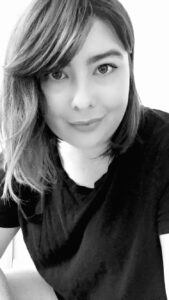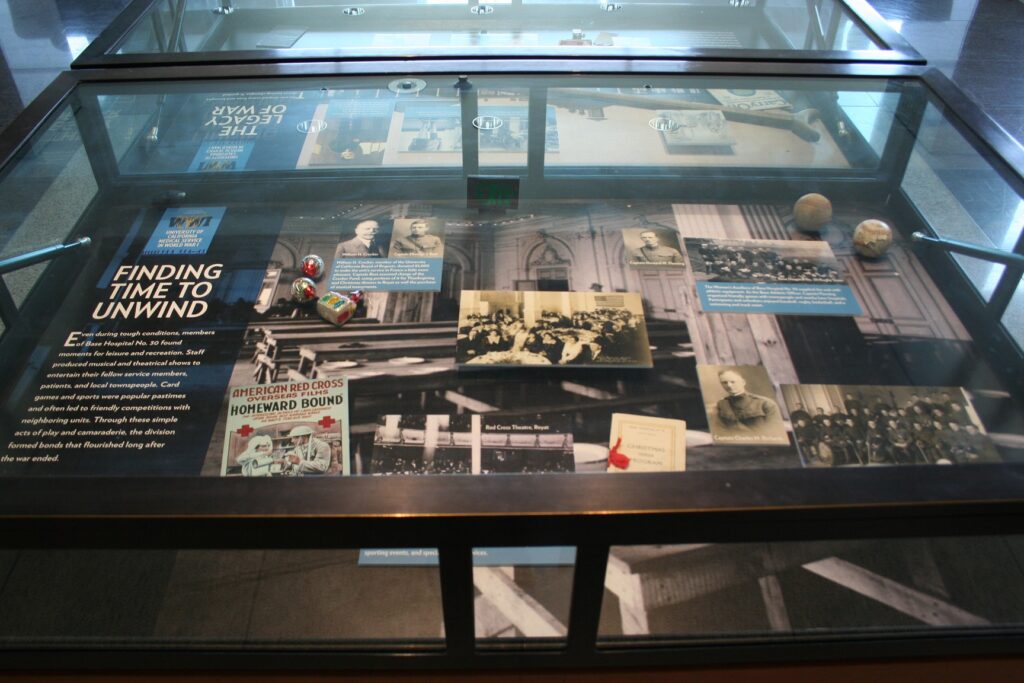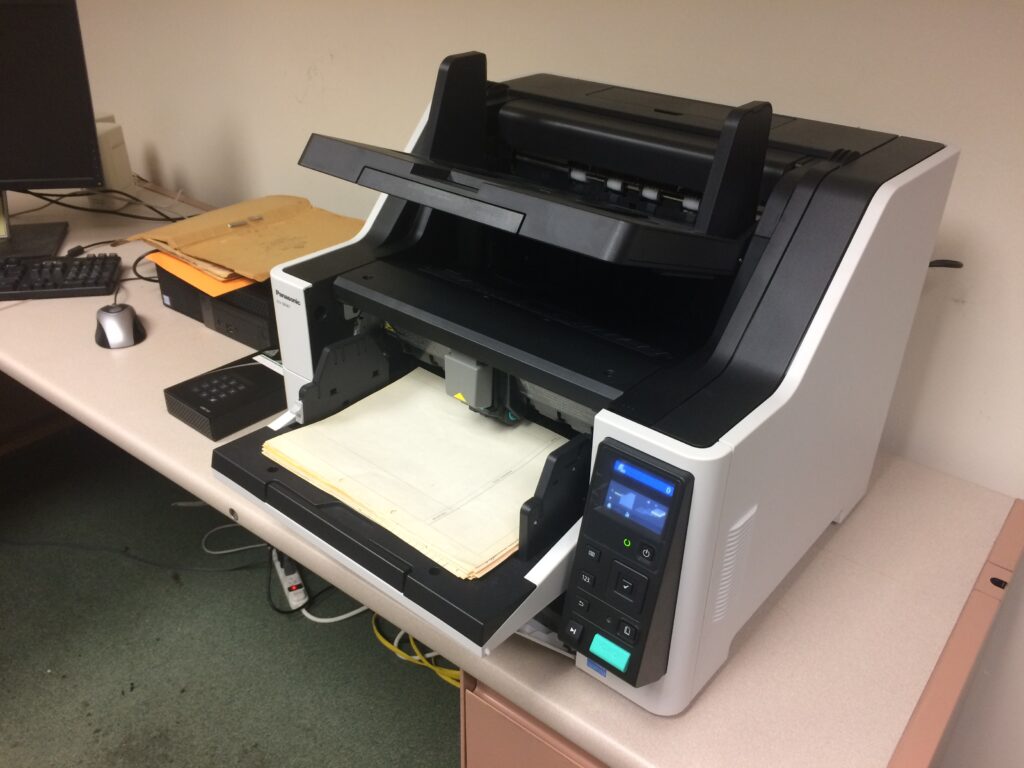UCSF Archives is pleased to welcome our new intern, Lynda Letona. Lynda will assist with processing collections in the NHPRC grant, Evolution of San Francisco’s Response to a Public Health Crisis: Providing Access to New AIDS History Collections, an expansion of the AIDS History Project.
Lynda was born in Guatemala, raised in LA, and schooled in the Midwest. She received her MFA in Creative Writing from the University of Notre Dame, MA in English from the University of South Dakota, and BA in English with a minor in Spanish from Mount Marty College. Lynda has worked in education as a college and university English instructor, and as editor, library aide, and administrative assistant for the nonprofit sector. She has collaborated with librarians across the nation to conduct research workshops for students to inform their writing and her own; by doing so, she gained an appreciation for the research method, leading her to pursue her Master’s in Library Information Science at the University of North Texas, North California Cohort. Lynda is enthusiastic about participating in the AIDS History Project as an archives intern at UCSF.












